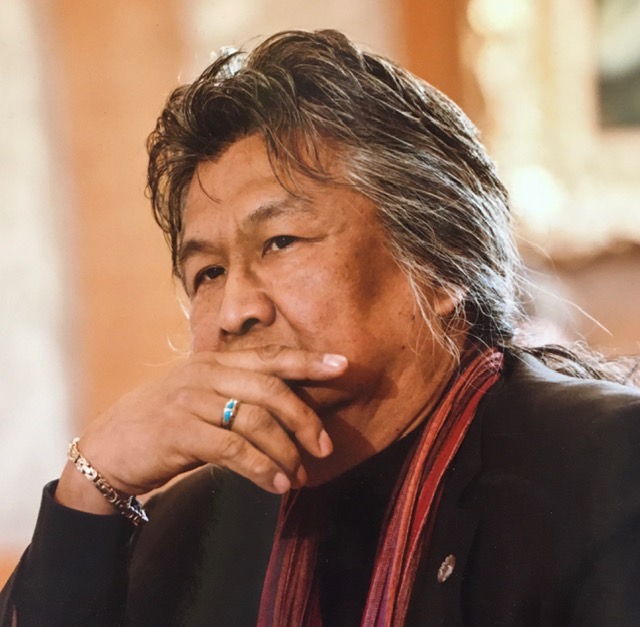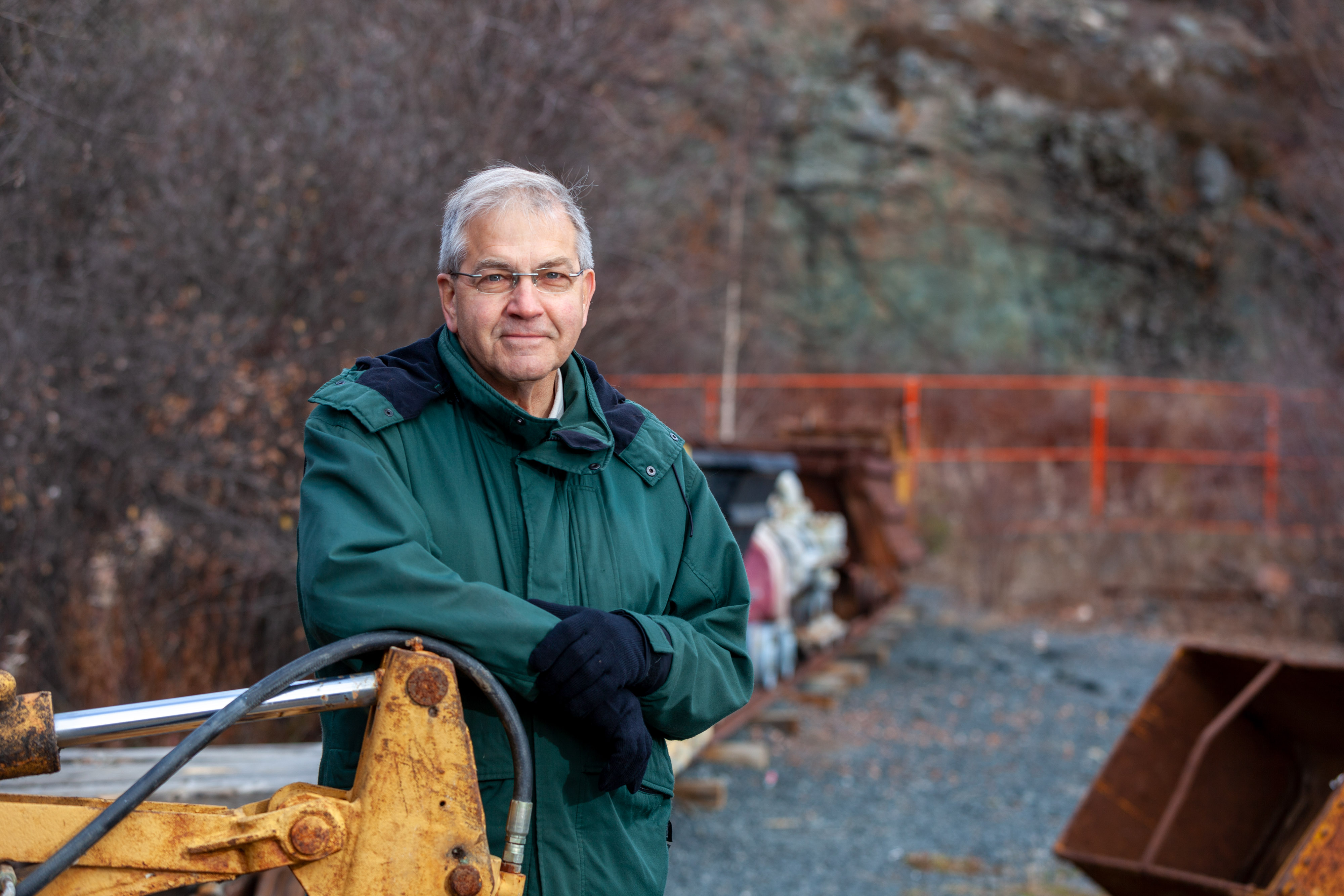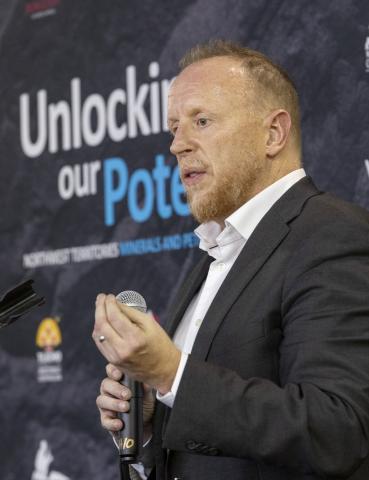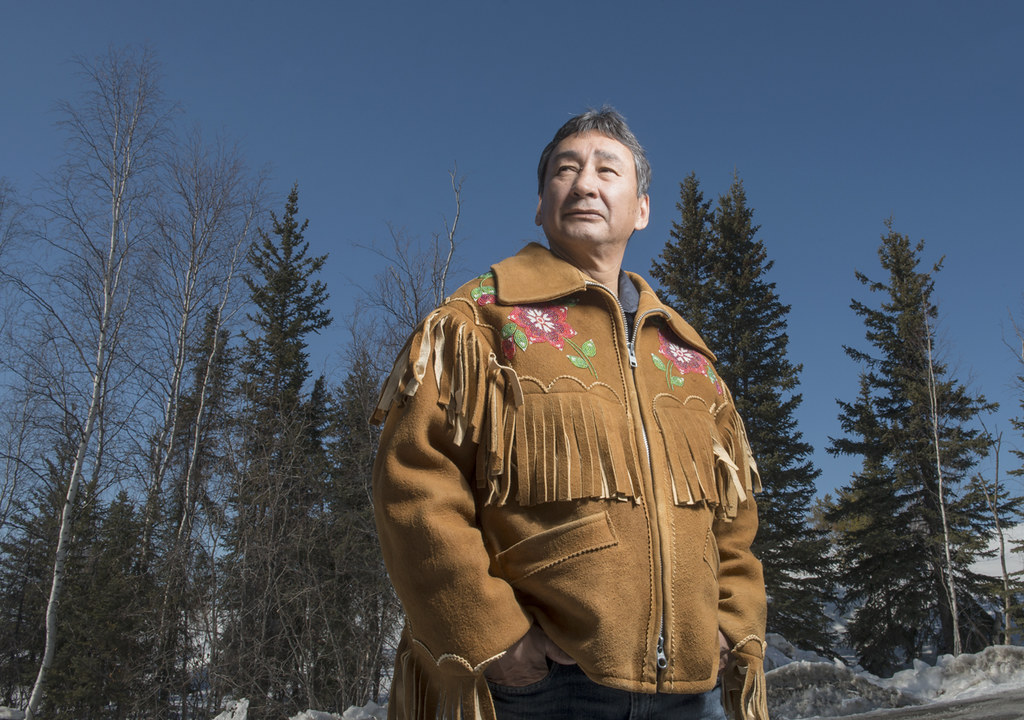It’s been 30 years since the NWT’s first diamond mine, Ekati, opened near Lac de Gras. While preparing this diamond-themed edition of our newsletter, we asked five influential northerners, with varying views and perspectives, to complete the sentence: “If 30 years of diamonds has taught us anything, it’s...”
Here’s what they said:

Stephen Kakfwi, former Premier of the Northwest Territories
“...be bullish.
At one point we said, if we don’t get some attention to the terms that we want, to hell with it, we’ll just leave them in the ground. That caught everybody’s attention.
There is an expression that is used to emphasize one’s inability to make a difference and the absence of any possible change. They say it is ‘carved in stone’. People say, you can’t change that, it is ‘carved in stone’.
Just up the winter road from here, lie some of the hardest and most beautiful stones in the world – diamonds. Not only did we carve our polar bears into these stones, we cut them into our own distinct shape called the Dene Rose.”

Tom Hoefer, Senior Advisor, NWT & Nunavut Chamber of Mines
“...don’t stop exploring.
If you are going to be in the mining game, which only makes sense for the NWT to be in, you have to manage your resource development.
We know that no mine lasts forever. It’s impossible. What you must do is start putting into your line-up a series of mines to replace the ones ahead of them - which means that you have to always have healthy exploration at the front end, leading 10 - 20 years ahead, to ensure that as expiring mines close, there are new projects beginning operations.”

Graeme Clinton, Economist, Impact Economics
“...be adaptable
We must appreciate that what worked well 25 years ago may not necessarily work today, or at least will not be as effective. Adaptation must be a process that is forever underway to harness the true opportunity that economic growth affords.
New opportunities, whether in mining or elsewhere in the economy, might not respond well to the old policies, and it will be important that the territory remembers that the first step when growing the economy is development. Remember, the policies that became transformational for the territory were not in place when exploration for diamonds was first underway, they came afterwards.”

Paul Gruner, CEO Tlicho Investment Corporation
“...collaboration is critical.
It can’t be left to just government; if you take all of the people employed by the Tłı̨chǫ Investment and Det’on Cho Development Corporations, (including their partnerships), they are the largest private employer of local people in the NWT.
We need to take these Indigenous entities to the next level: the enterprise stage, the commercial stage; to conduct work, self perform, and to have ownership pieces in the supply chain.
The more that we can do together, the more value we will retain in our local economy. Can you imagine if we had more dev corps?”

Darrell Beaulieu, CEO Denendeh Investments Inc.
“...the definition of Indigenous participation has changed.
The bar has been moved. Diamonds opened our eyes to what participation could mean. Everybody had a different definition. It started with employment. One of the best returns we have seen from diamonds is still individual paycheques putting money directly into people’s pockets and into our communities.
After that it was business services. Through our land claims and devolution agreements, it became royalties. So, what’s left? Today, its equity.”